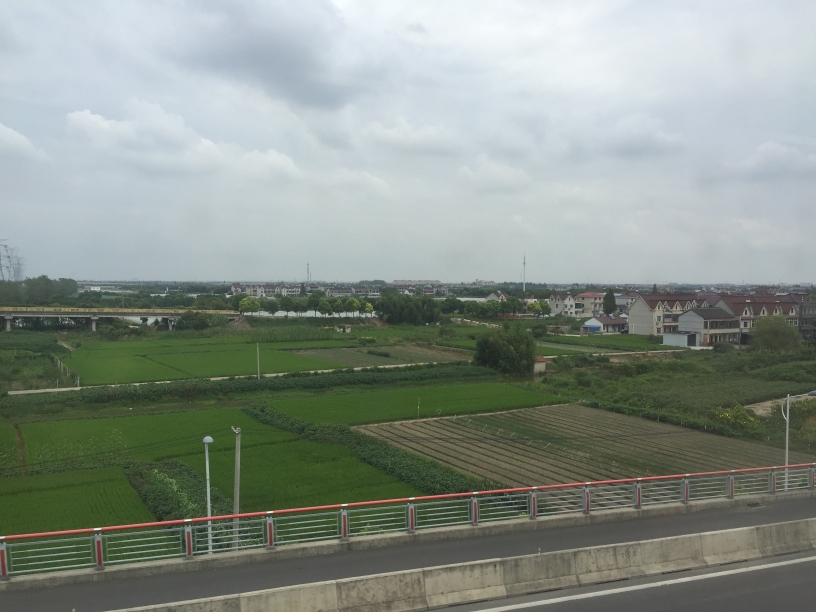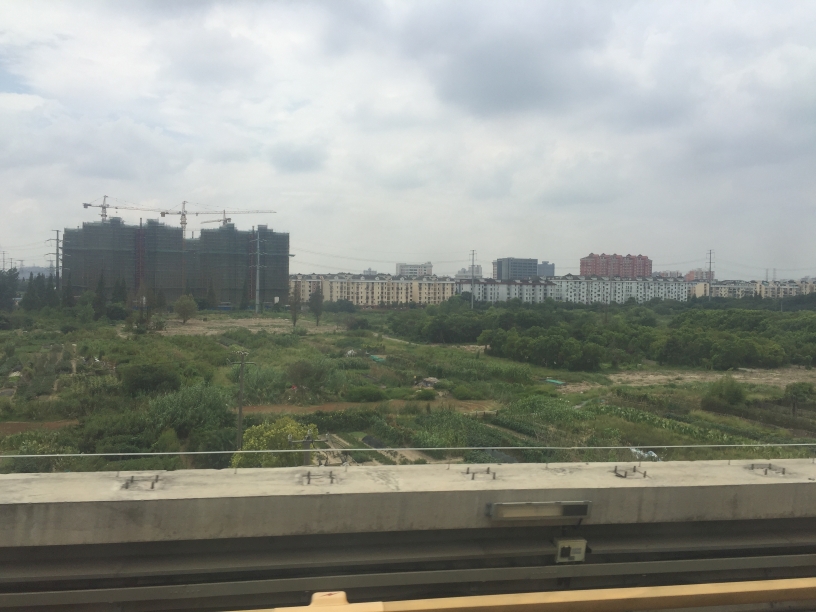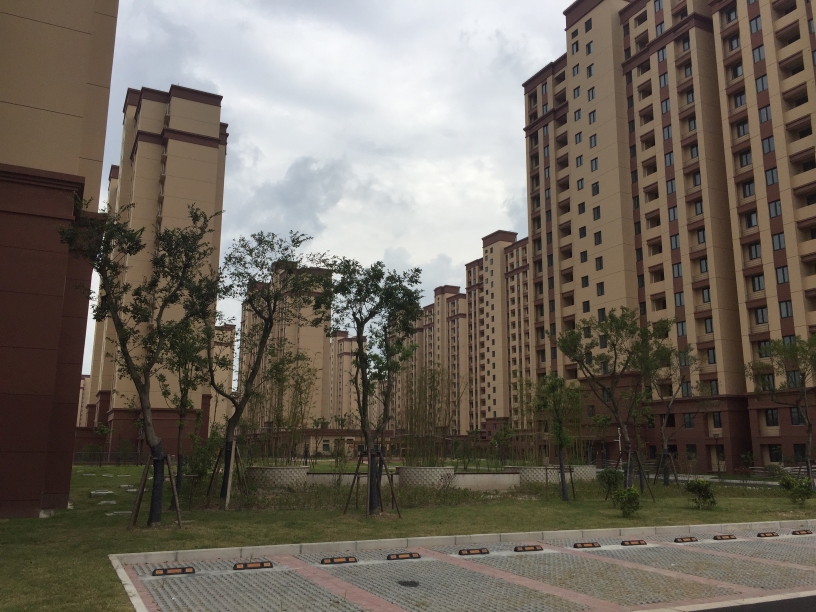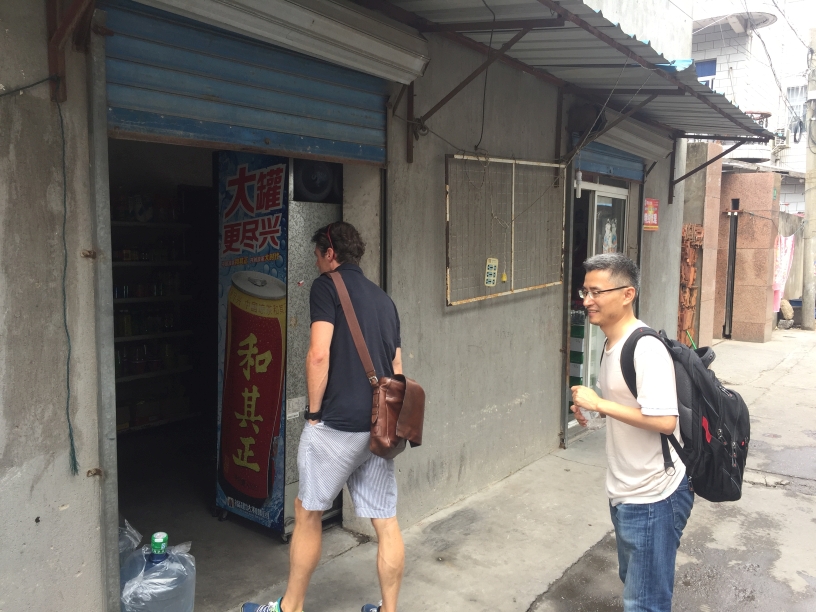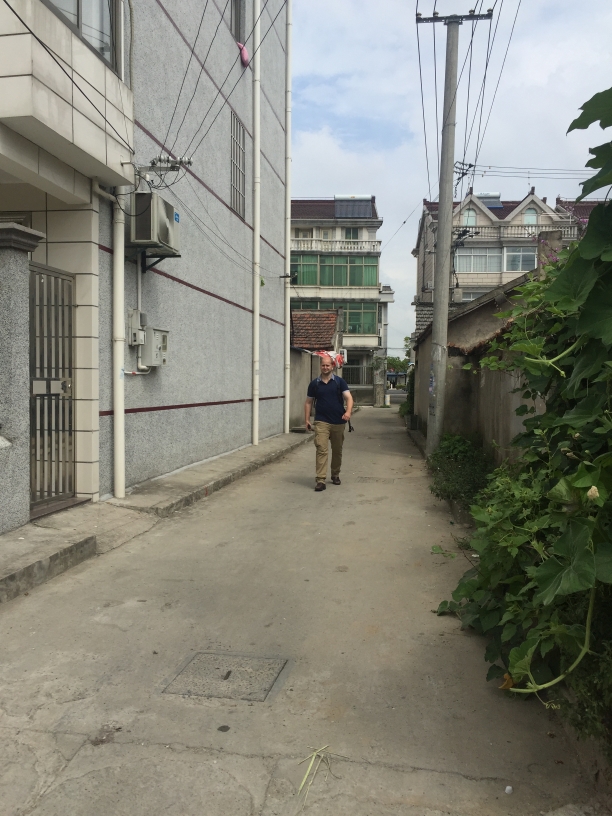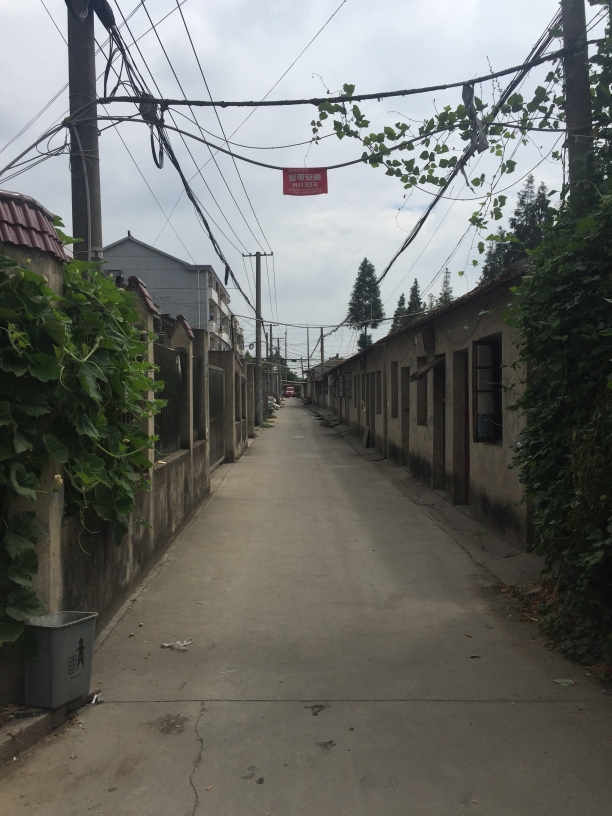19 Jun 2017
Our Economic theme PhD researcher, Phil Northall, recently travelled to the International Institute for Industrial Environmental Economics (IIIEE), part of Lund University, in Sweden, to engage with other academics in the field of the sharing economy, and to present his work on ‘categories and classifications in the sharing economy’.
Since 1994, the IIIEE has advanced knowledge on how to catalyse the transition to low-carbon and resource efficient economies, and has a mission to promote sustainable solutions pursued by public authorities and businesses – internationally, nationally and locally. Together with the Department of Urban Planning and Environment at KTH Royal Institute of Technology in Stockholm, they hosted the 4th International Workshop on the Sharing Economy from 15-16th June 2017.
The event saw 95 researchers and academics convening from all over the world, and from a broad range of disciplines, to explore the concepts, methods, impacts, operations, geographical contexts, actors, and governance of the sharing economy. Whilst the workshops included presentations as diverse as multidimensional trust, selling vs renting in sharing markets, and worker conditions, there was a strong focus on issues related to equity and social justice.
This focus may have been down to keynote speaker Prof. Julian Agyeman of Tufts University, Boston, creator of the concept of ‘just sustainability’ and co-author of ‘Sharing Cities: A Case for Truly Smart and Sustainable Cities’. His ‘just sustainability’ was an attempt to “re-centre equity and social justice in sustainability” and highlight that it is “not simply a green concern”. His challenge to “go beyond the data” and to conceive “what is possible, rather than just what is probable”, was taken on by all in attendance, and led to many of what he described as “tweetable moments”.
This was certainly taken on board by this researcher during his presentation. The title was ‘Categories and classifications in the sharing economy: a systematic review’, which was itself taken from another challenge, this one laid down by last year’s keynote speaker Rachel Botsman. It refers to the need to better categorise and classify our understanding of the terminology and concepts being used to define and group the sharing economy, and is an attempt to stop the widening of the term to include all on-demand service apps and the move away from core principles.
This systematic review collated 105 unique factors of the sharing economy, identified across 91 papers that reference the sharing economy. Through thematic mapping a socio-technical-economic spectrum emerged, which highlighted scalable access as central to the field. This was reiterated by other speakers in the ‘concepts’ workshop, who highlighted a move from an “excess economy to an access economy” (Curtis et al), and a “compartmentalisation of ownership” (Netter et al). Whilst discussions throughout the event noted a similar theme, and the need to secure the principles of the sharing economy, so that it is not misrepresented in policy and technology discussions.
This convergence on the understanding of the sharing economy is likely continue towards the 5th International Workshop on the Sharing Economy in Mannheim, Germany next year. But for this researcher, he will be experiencing sharing platforms first hand as he cycles back to Nottingham over the next two and a half weeks, staying with the sharing economy hosts of Warm Showers and Couchsurfing along the way.
Trevlig resa!
More information about Phil’s work is available on his website
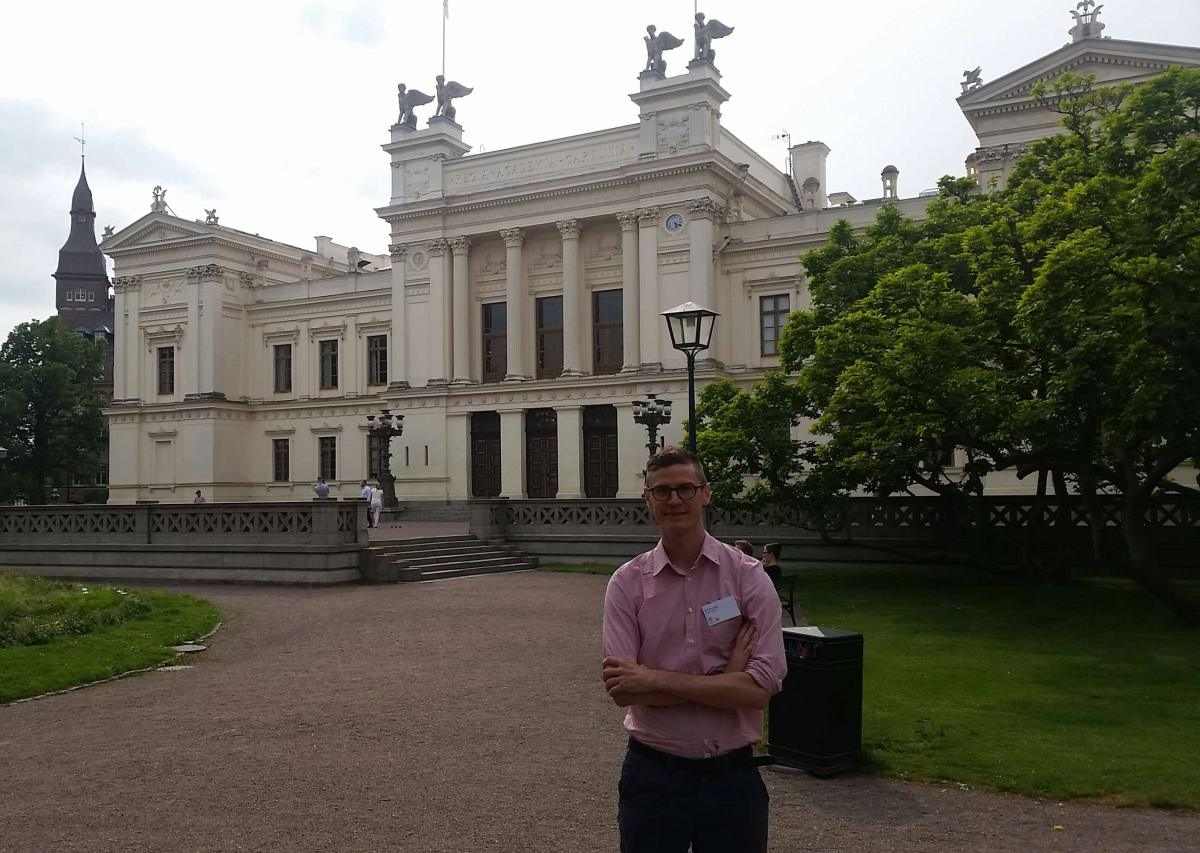
Phil Northall at Lund University
11 May 2017
Written by Stephen Parkes and Julian Rosser
Migration within China has accelerated rapidly in recent decades, a characteristic of the substantial expansion of the country’s economy and the growing demand for urban living. As part of our work studying Shanghai we have been examining the patterns of migration to the city, based on data available through the 2010 national census.
This work was conducted by Shuang Hu - a PhD student connected to LUCAS – and was motivated by a desire to capture the flow of migrants to Shanghai and their reasons for moving, where they locate within the city, and what this might mean for the city socially, environmentally, and economically. The data on migrations includes all those individuals who have migrated up to 2010, not just in the past year, for example.
As part of this work, we have been creating maps of migration for China and Shanghai using the Leaflet and R.
Migration into Shanghai
The first map shows the origins of interprovincial migrants in Shanghai. It is clear here that geographic distance appears to act as one of the determinants for locating to Shanghai. The highest volumes of migrants originate from the provinces closest to Shanghai (e.g. Anhui and Jiangsu), whilst far fewer migrants are drawn from the provinces to the west of China.
Fullscreen map
The boundaries, base data and migration figures for the map have been taken from GADM database, OpenStreetMap respectively and census data.
Location of migrants within Shanghai
In the second map we observe where within the city boundary the migrants have located. The districts with the highest densities of migrants per km2 are located more centrally (e.g. Hongkou and Huangpu). The highest volumes of migrants per district however are located to the south (in Minhang, Songjiang, and Pudong).
Fullscreen map
The extract of census data used for mapping migration was for 2010, and since the Shanghai district boundaries have changed since that time the current data available from GADM was unsuitable for the city scale mapping. To try and address this, we extracted 2010 data of OpenStreetMap using the contribution history drawn from the OSM planet database. However, a clear lack of quality OSM contributions in 2010 was apparent with the geometry of many districts seen to be incomplete. Thus, OSM 2014 boundary data was adopted with certain district migration counts merged to create values consistent with the more recent mapping.
The code for creating both these maps is available from the LUCAS github repository: China / Shanghai migration in R.
Further insights from this data analysis will feature in a future blog post. In the meantime, any queries can be directed to Julian Rosser (mapping) or Stephen Parkes (migration).
26 Apr 2017
Amanda Winter gave a paper presentation at the “Reimagining Civil Society in a Period of Uncivil Societies” Conference at the American University of Central Asia in Bishkek, Kyrgyzstan.
Title:
Examining Eco-Gentrification through the Prefigurative Politics of Alternative Food Initiatives in Copenhagen
Abstract:
In this paper, I use prefigurative politics as a conceptual framework to explore two alternative food initiatives and their role in promoting eco-gentrification in Copenhagen. These civil society initiatives, Byhaven 2200, Denmark’s first community garden in a public park, and the Københavns Fødevarefællesskab, a community supported agriculture group, demonstrate the difficult situation for green/environmental activists in what I refer to as the ‘gateway-gentrification paradox’. On the one hand, participation in alternative food initiatives has been deemed as a ‘gateway’ opportunity – in that their prefiguration may lead to a deeper civic engagement with social justice issues. On the other, their ‘greening’ efforts are now exposed to neoliberal cooptation and commodification, and thus may contribute to gentrifying their neighborhood and displacing vulnerable residents. This paradox has general implications for green urban policies and civic initiatives that do not consider unintended social and economic consequences, displaying a rift between ‘green’ and ‘sustainable’. As local food policies and alternative food initiatives increase in popularity and international mobility, eco-gentrification remains an important issue to grasp – especially as it can result from often-romanticized community groups who now face testing decisions in their attempts to prefigure their situated visions of sustainability.
24 Mar 2017
Amanda Winter and TrungHieu Tran recently joined LUCAS as Leverhulme Fellows on the Sustaining Urban Habitats project.
Amanda recently completed her PhD at the Central European University and joins Simon Roberts on investigating issues and role of policy and governance in creating and managing sustainable cities.

TrungHieu joins us from University of Warwick and is investigating agent-based modelling of sustainable city development with Peer-Olaf Siebers, Paul Nathanail and Darren Robinson.

01 Mar 2017
Written by Stephen Parkes.
Members of LUCAS have recently returned from attending the Urban Transitions Global Summit 2016 in Shanghai. With Shanghai one of the cities at the heart of our research efforts, this Global Summit provided a valuable opportunity to spend time in the city and expand our knowledge of the dynamics and systems operating within this vast urban habitat.
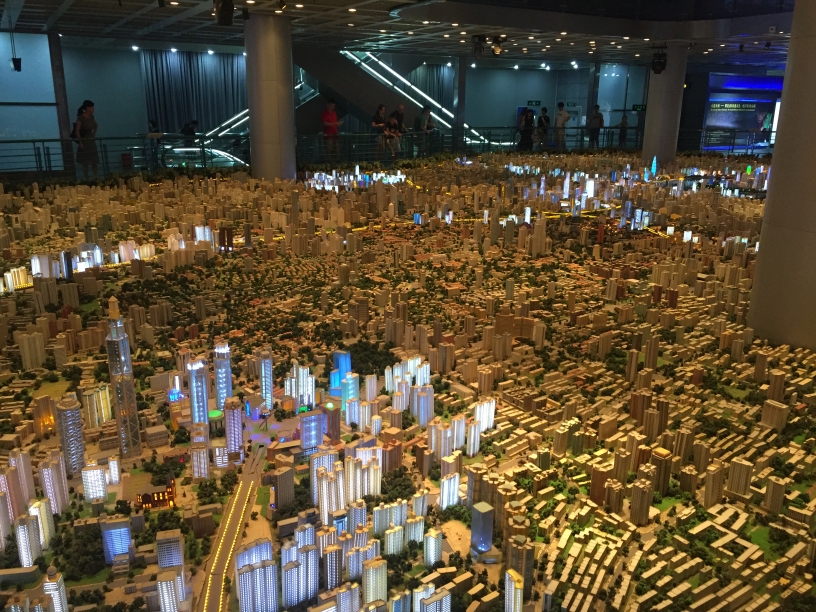
The Shanghai city model
Within the conference building we heard from researchers and practitioners from across the globe about current research efforts seeking to help cities to transition towards more sustainable and resilient futures. We presented our own ideas too, with talks from a range of researchers within our group:
-
Andy Allen A rapid urban decarbonisation scenario analysis tool (with Sameh Zakhary, Yong Mao, and Darren Robinson).
-
Yong Mao Thermodynamic entropy as an indicator for urban sustainability? (with Ben Purvis and Darren Robinson).
-
Stephen Parkes Infrastructure finance under austerity: Insights from the Nottingham workplace parking levy (with Pelin Demirel and Sarah Hall).
-
Paul Nathanail The role of pocket-brownfields in healthy cities.
-
Paul Nathanail A systematic understanding of cities for a sustainable future for cities (with Y. Tang).
And poster presentations from:
-
Kunpeng Wang Towards the generalized co-simulation of urban energy systems (with Darren Robinson)
-
Sameh Zakhary A computational workflow for urban micro-simulation of buildings’ energy performance (with Darren Robinson, Andy Allen, and Peer-Olaf Siebers).
Beyond the conference, we immersed ourselves in Shanghai, spending time walking around the city and along the famous Bund. We travelled to the edges of the Shanghai, where the rural-urban boundary is increasingly blurred. Our trip out to the edge of the city using the Metro system gave us a snapshot of just how vast Shanghai is and some of the difficulties it faces in accommodating its substantial population, and how it is seeking to overcome this.
Views from the Metro
Darren and Kunpeng of LUCAS
In all, the trip was a great success. We met and spoke to many interesting people, both within the conference and beyond. Shanghai is a fascinating city. As with all global cities, it faces many challenges now and into the future: housing its growing population, ensuring a liveable environment for its residents, and creating jobs and opportunities.
Andy Allen of LUCAS
Through our research efforts, LUCAS can contribute towards tackling these problems. To find out more about our work, please visit our website, or take a look through the presentations above.




